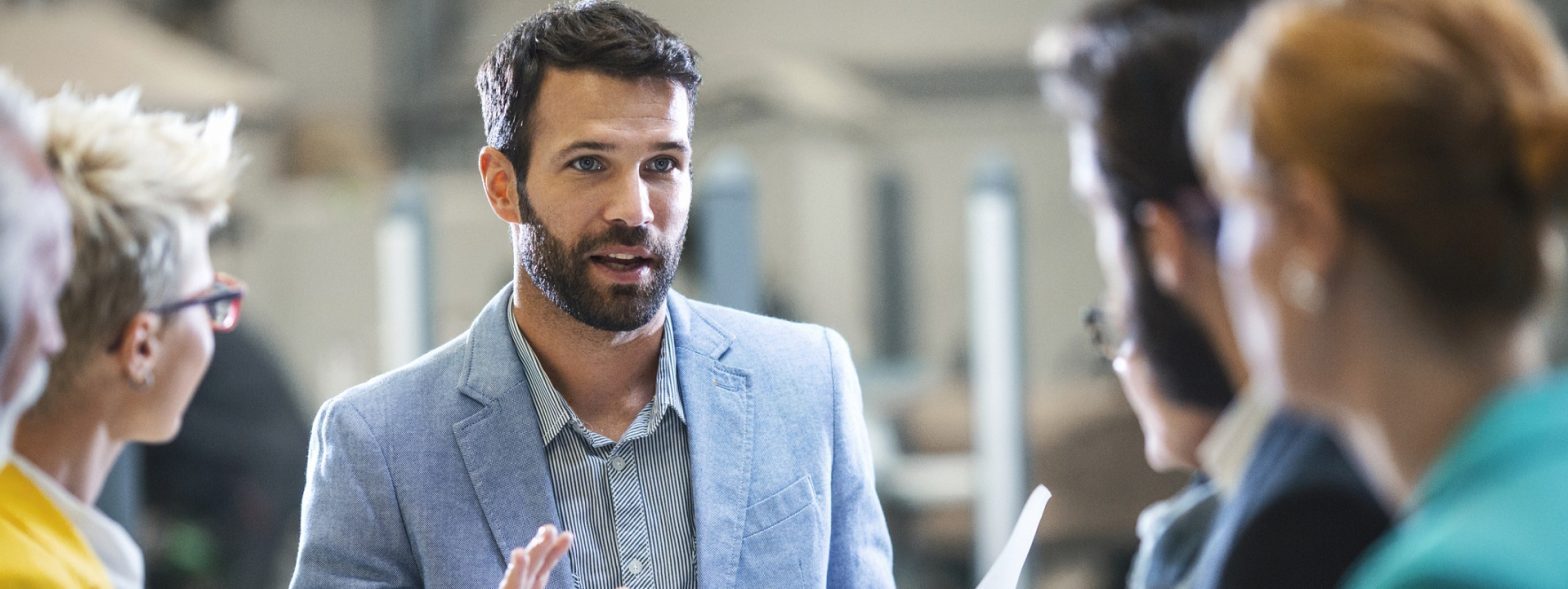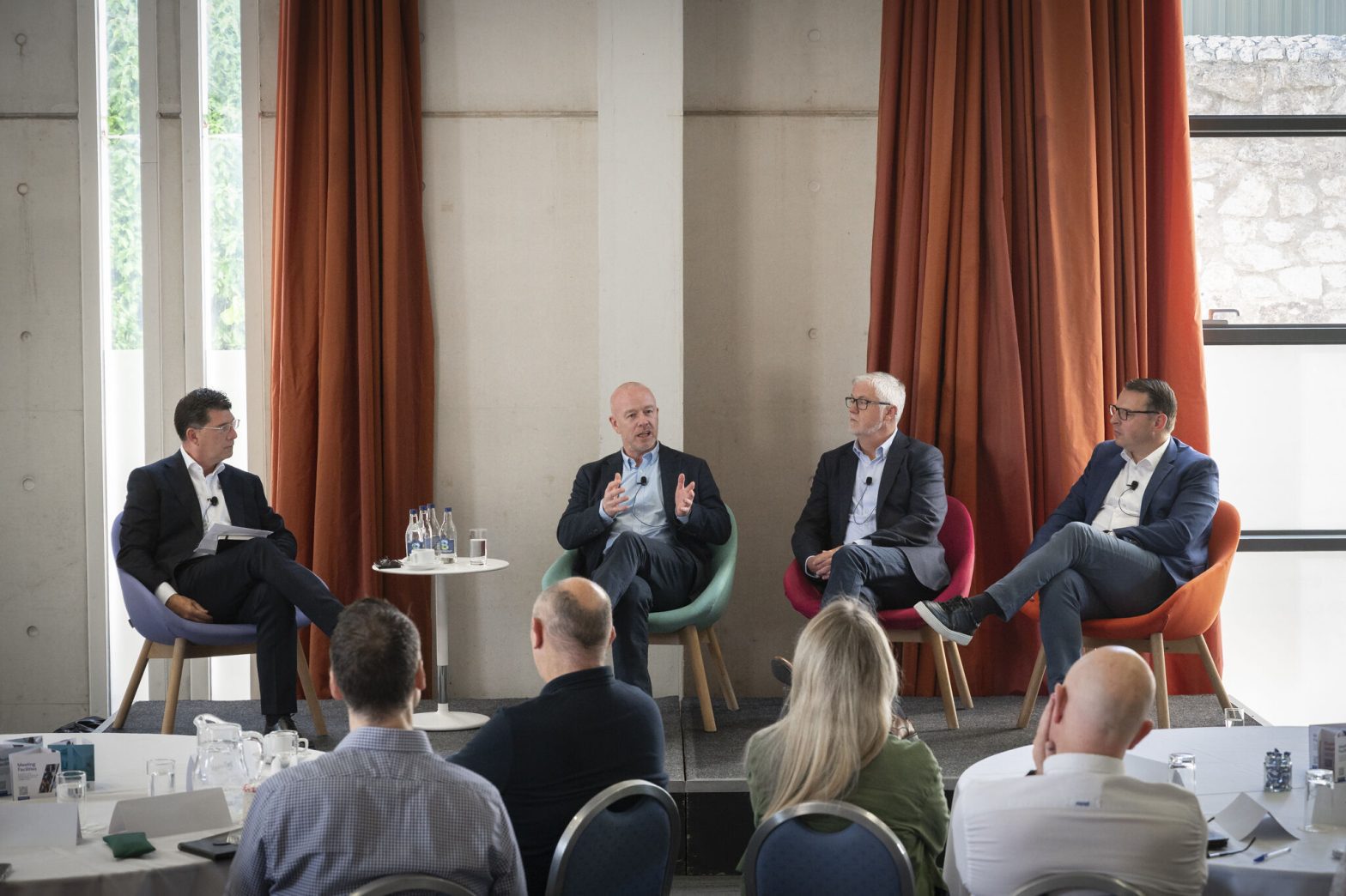Global Virtual Teams – We Have the Technology, But Do We Have the Empathy?
By Fabio Grassi | 25th March 2019
What are the real challenges of effective virtual team work today? We can probably identify 3 major challenges, time zones, cultural diversity and team dynamics.
.

Working at IBM for the better part of 9 years, I was introduced to virtual team work quite early in my career. At that time we used a combination of conference calls, ‘Sametime’ instant messaging and (of course) emails.
Today’s technology is much more advanced and the options almost endless, so from a practical perspective organising team work across the globe should not present too many challenges if the technology works as required.
So, what are the real challenges of effective virtual team work today? We can probably identify 3 major challenges, time zones, cultural diversity and team dynamics. All three are somewhat inter-related, as most things are when we work in teams.
.
Time zones
There is very was little we can do when we work across time zones, but there are important considerations to be made.
Part of effective team work is coming together to resolve problems, identify critical actions and make important decisions. This means we have to find the right time to convene using whichever technology of choice. If the team is spread across the globe this means that while a team member has just started working the team member on the other side of the world has been working for the past 12 hours.
This is challenging for several reasons, from the level of energy and focus each member has to dedicate to the meeting, to the potential pressure they might face in wrapping up their day’s work to get home.
I know when we work at executive level, we have to be tough minded and work hard through these difficulties, but we are still human. Despite what is expected, the reality is some team members will be less effective and efficient than others in their thinking and decision making and that will have some impact in the quality of work the team does as well as the quality of interaction.
The only 2 pieces of advice I have on this front is to make sure that we rotate the meeting times as much as possible so to give everyone the opportunity to give their best. Secondly it will be important to develop some empathy skills to make sure we are considerate about not rushing into judgment about the possible impatience and irritability of our counterpart across the world.
.
Cultural diversity

There isn’t a quick way to learn about cultural diversity. In my IBM times we had a database that provided critical cultural information including appropriate behaviours, use and customs typical of each country with some suggestions of how to best engage.
The most valuable source of information for me came from Hofstede’s cultural dimensions study which was used within IBM as initial ground of study. Still today I use the Cultural GPS app to get some quick and generic understanding of what should I expect working in multicultural environments. The more recent work of Erin Meyer builds on Hofstede’s work and provides a wide range of practical insight on behaviours when interacting across cultures.
Yet again I can stop and reflect on this, because ultimately when we work with a team it is not enough to know and understand a culture but it is probably much more critical to find the way to “include” team members effectively so that they can be the best they can be for the team.
Inclusion is a much more challenging aspect of cultural diversity because it requires us to understand that there are different approaches in thinking and engaging with each other and it is not only a form of mutual respect but also a key resource to look at every problem differently.
Diversity, when included, gives us the opportunity to break out of static mental models and group think. I believe inclusion is a critical must have for virtual teams to be successful and effective. Far too often we are tempted to install a leader from our culture in all regional offices so that we can find a level of comfort in working globally, I believe that raising local leaders and working on team dynamics is a much more effective approach to virtual team work.
.
Team Dynamics

Team dynamics are part of every team, what is different about virtual teams on this aspect is the distance. I’m sure we have all heard the adage “long distance relationship never works” or “away from the eyes away from the heart”.
Proximity makes it easier to relate to each other, share rituals and develop mutual understanding. Relationships are the other half of effective team work. People don’t do things because we tell them to, but mainly because we have relationship of mutual respect. Developing a strong relationship starts by sharing common interests and solidify that relationship by sharing adventures, and experiences together.
I know this sounds antithetical to virtual working but on the contrary it does build the foundation to virtual working. I run many in-company training programmes for managers and the one feedback I get every time is about the value of getting to know each other in person and to have the time to share some experiences.
Typically, the nature of the relationship changes once they have shared some time working together and usually is the cause for new unexpected collaborations or the clever resolution of critical problems that would never have happened otherwise. Rupert Sheldrake, defines it as the “morphic field”, when we engage with each other in sharing experiences we develop a form of mutual resonance that can then be carried forward no matter how far away we go from each other. The more meaningful the experience the stronger the bond.
I believe the most effective way to build successful global virtual teams goes beyond technological sophistication. The way our internal social engine is built already has what it needs to be effective while working in teams. The only thing we need to do is to kickstart it and maintain it by coming together in real life often enough to share meaningful interpersonal experiences.
Fabio Grassi is the Programme Director for the IMI Diploma in Executive Coaching. Fabio is a specialist in the development of team performance, collaboration and motivation.





